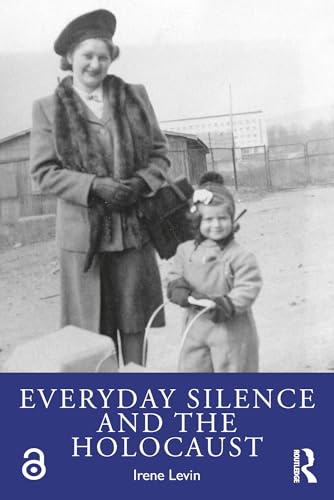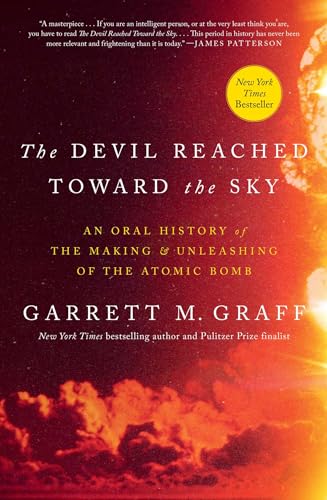
Spaces of Treblinka
by Jacob Flaws
"Retracing a Death Camp"
Popularity
4.71 / 5
* A book's popularity is determined by how it compares to all other books on this website.
Where to buy?
Buy from Amazon* If you buy this book through the link above, we may receive a small commission at no extra cost to you.
Spaces of Treblinka by Jacob Flaws
Details
War:
World War II
Perspective:
Researcher
True Story:
Yes
Biography:
No
Region:
Europe
Published Date:
2024
ISBN13:
9781496239730
Description
Main Themes and Topics
In Spaces of Treblinka, Jacob Flaws delves into the complex interconnections between sites of mass atrocity and the surrounding areas. By merging Jewish, German, and Polish narratives, Flaws offers a multi-faceted perspective on the impact of the Treblinka death camp. This work challenges traditional historical narratives by examining how these spaces are interconnected both geographically and through collective memory. The book provides an exploration of the physical and psychological landscape of Treblinka, offering a new way to think about its historical legacy.
Writing Style and Tone
Jacob Flaws employs a scholarly yet accessible writing style that enables readers to engage deeply with the material. His narrative is both descriptive and analytical, ensuring that the emotional and historical complexities of the subject matter are conveyed with clarity and sensitivity. The tone is appropriately somber, given the gravitas of the topic, but Flaws's commitment to presenting a comprehensive view brings a sense of understanding and closure to the historical intricacies he explores.
Brief Summary
Spaces of Treblinka offers a pioneering examination of the Treblinka death camp, focusing on how it affected not only those who perished there but also the surrounding communities and landscapes. By synthesizing diverse perspectives from Jewish, German, and Polish sources, Jacob Flaws maps the social and cultural reverberations of the camp. His work illuminates the broader implications of Treblinka in history and memory, providing readers with a deeper understanding of both the camp itself and its place within the larger context of World War II and its aftermath.









